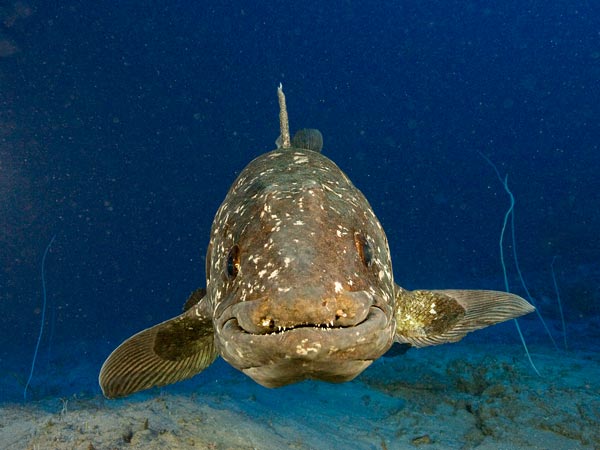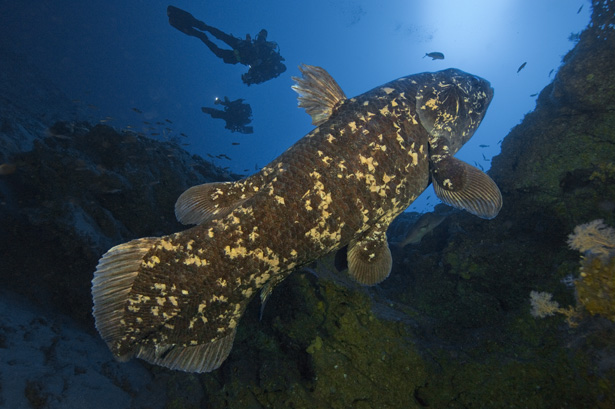The coelacanth may be the most famous of all the living fossils but new research has revealed that the species has not only been around for hundreds of millions of years, but that individuals might live upwards of a century! Normally it would be fascinating to discover that these ancient bony fish can live up to one hundred years, but their lifespan also sheds light on their ecology and if an animal can live for so long, it’s also likely that they take a really long time to become sexually mature.
It is theorized that if coelacanths are so long lived that they may take decades or perhaps even up to fifty years to start reproducing, making it much more difficult for the species to increase its numbers. Since the discovery of Latimeria chalumnae in the western Indian Ocean and Latimeria menadoensis in Indonesia the use of intensive fishing practices has only increased and it is believed that specimens caught as bycatch are the biggest cause of coelacanth mortality.

If the reported bycatch of coelacanth numbers in the dozens per year for a given country, then it’s highly probably that the unreported cases are much higher so it’s conceivable that hundreds of coelacanth are killed by gill nets and deep sea fishing gear every year. A few hundred specimens doesn’t sound like a lot but no one even has an estimated guess as to the species numbers, whether their populations are very localized, or if coelacanth are widespread where they are known to occur.
With human populations growing especially in developing countries, and the need for seafood to feed the increasing numbers of humans, the fishing pressures that coelacanth face is certain to only increase. It would be a shame to ‘discover’ the ancient lineage of coelacanth still surviving through most of the history of multicellular life on earth only to be extinguished within a few human lifetimes so we sincerely hope that coelacanths are more fecund than comparable species that live for up to one hundred years. [Wired]



